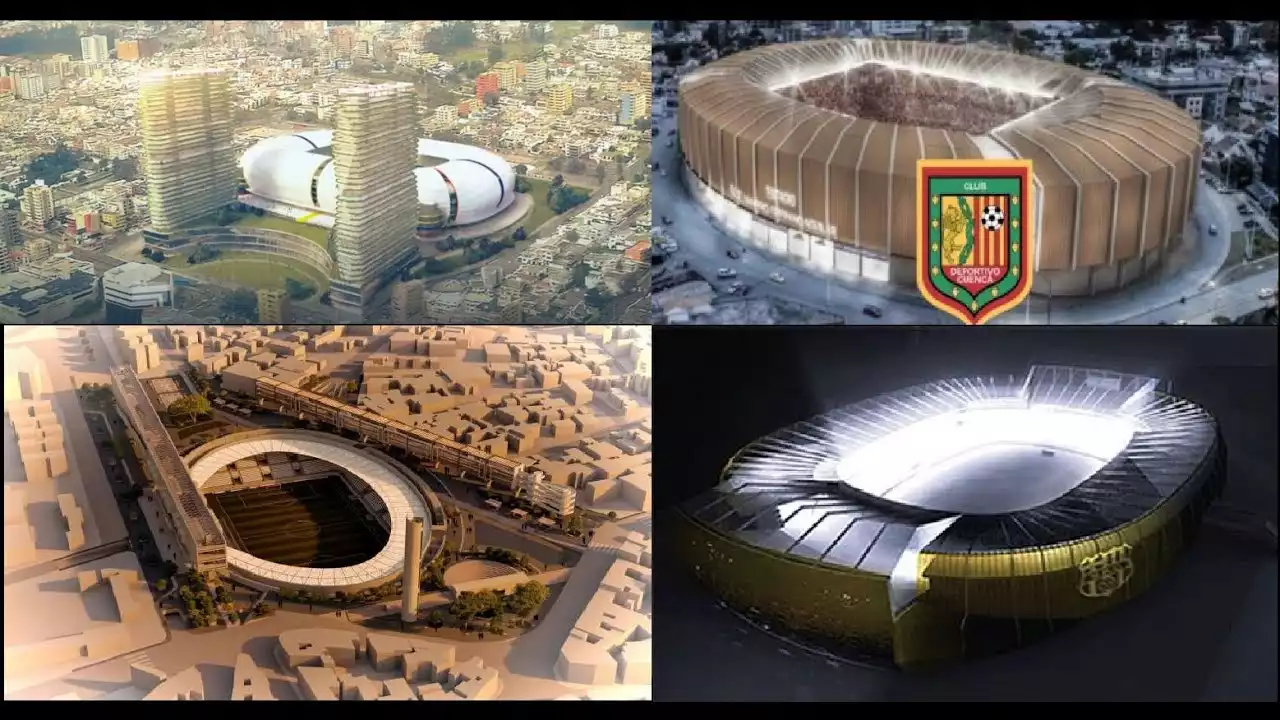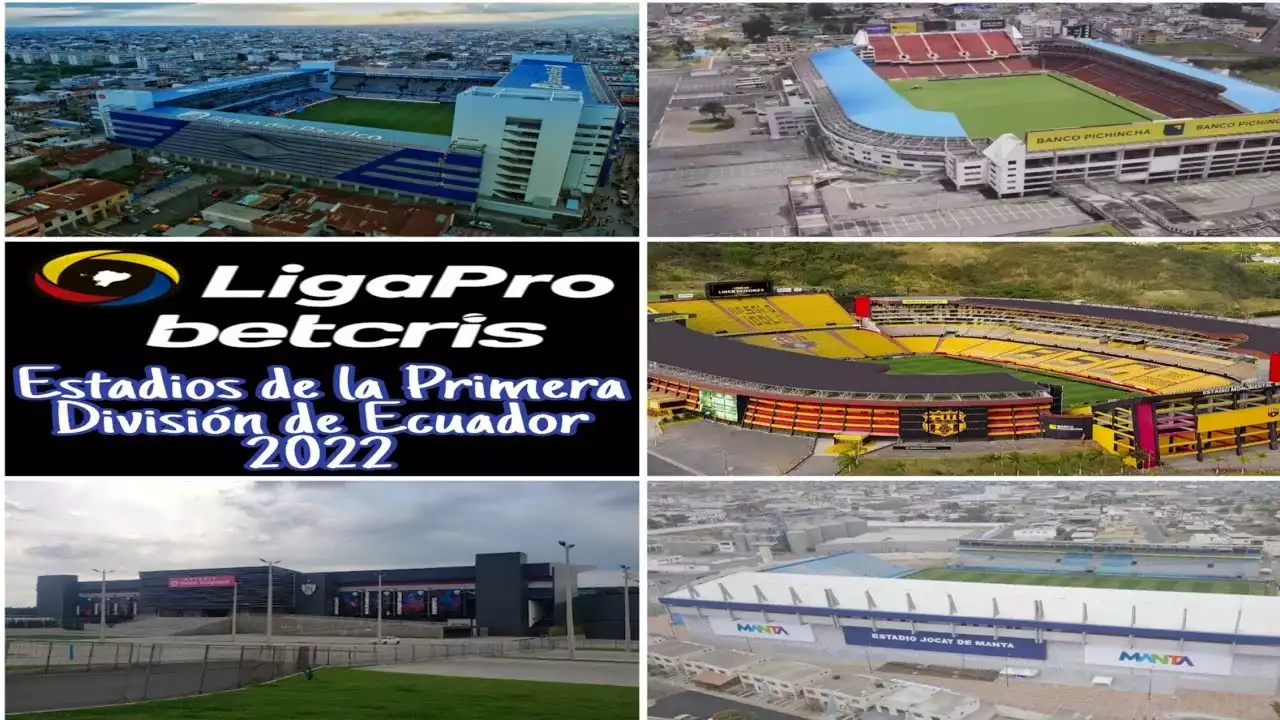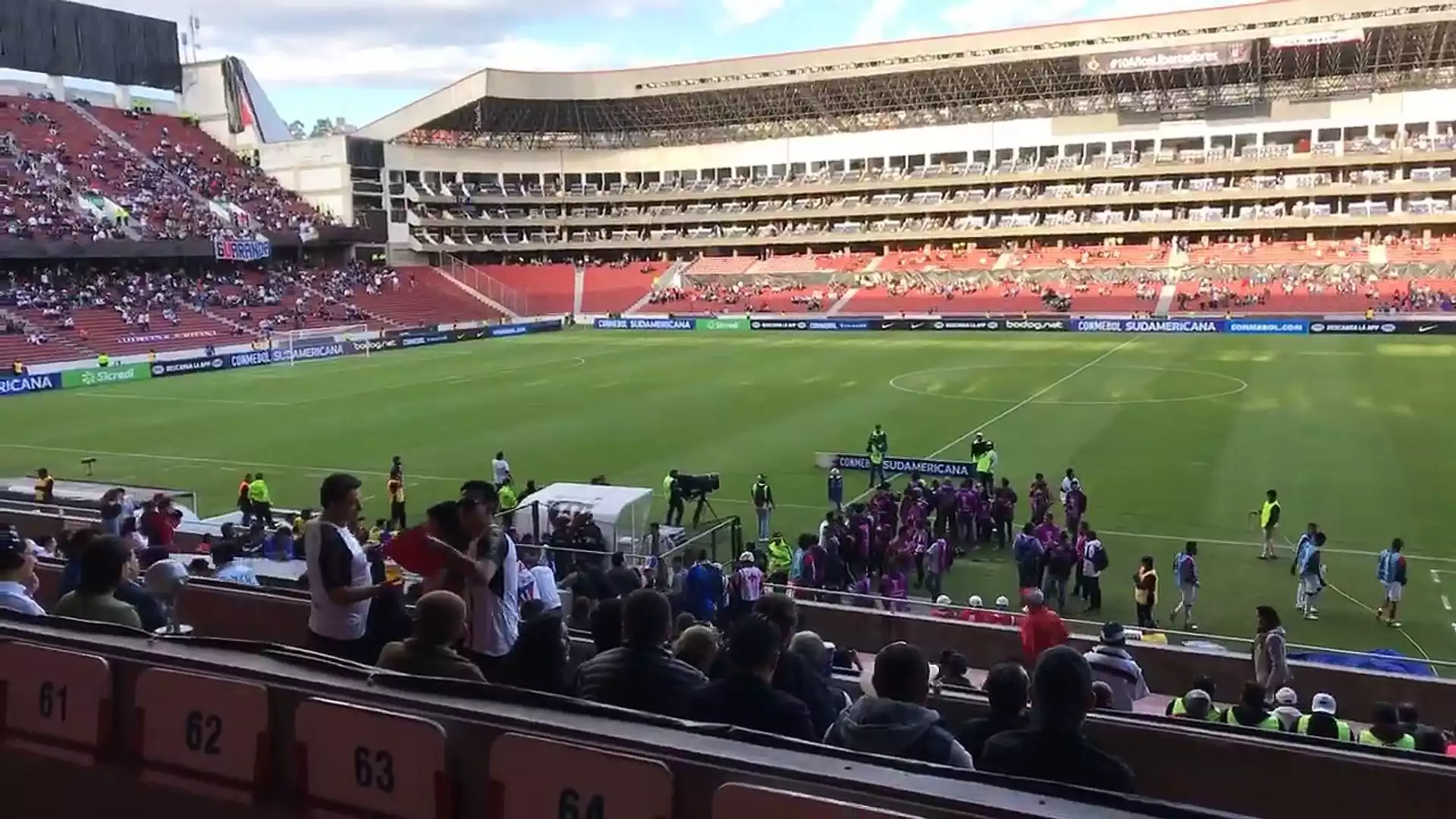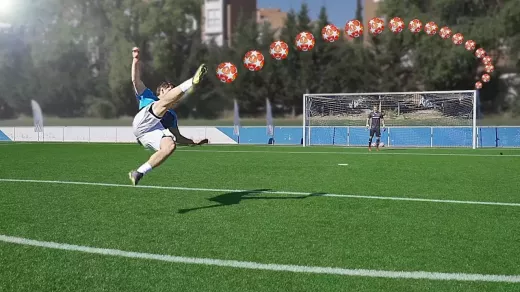The role of stadium managers in LigaPro
Stadium managers are responsible for overseeing the day-to-day operations of the stadium, including maintenance, security, and crowd control. They work closely with maintenance teams and other personnel to ensure that the stadium is in top condition for every game. Stadium managers also play a crucial role in ensuring that the stadium meets all safety and security regulations, which is essential for the safety of fans and players alike.
One of the key responsibilities of stadium managers is to ensure that the pitch is in excellent condition. The quality of the pitch is crucial to the success of the game, as it affects the performance of the players and the overall fan experience. Stadium managers work closely with ground staff to ensure that the pitch is well-maintained, and any issues are addressed promptly.
Stadium managers also work closely with other stakeholders to ensure that the stadium meets all regulatory requirements. This includes working with local authorities to obtain necessary permits and licenses, as well as ensuring that the stadium meets all safety and security standards.
Importance of maintenance and management of stadiums
The maintenance and management of LigaPro stadiums are crucial to the success of the league. Fans expect a high-quality experience when they attend a game, and the condition of the stadium plays a significant role in their overall experience. A poorly maintained stadium can negatively impact the fan experience and, in turn, the success of the league.
Proper maintenance of the stadium also ensures the safety of fans and players. Stadium managers must ensure that the stadium meets all safety and security standards, and any issues are addressed promptly. This includes regular inspections of the stadium's infrastructure, seating, and facilities, as well as ensuring that emergency procedures are in place and well-communicated.
Another important aspect of stadium maintenance is sustainability. Stadiums consume a significant amount of energy and resources, and it is essential to ensure that they operate in an environmentally friendly and sustainable manner. This includes adopting energy-efficient practices, such as using LED lighting and installing solar panels, as well as reducing waste through recycling and composting.
Challenges faced in maintaining and managing LigaPro stadiums
Maintaining and managing LigaPro stadiums can be challenging, with several factors contributing to the difficulty. One of the biggest challenges is the weather. Ecuador's climate is characterized by heavy rainfall and high humidity, which can make it challenging to maintain the pitch and facilities. Stadium managers must work closely with ground staff to ensure that the pitch remains in top condition despite adverse weather conditions.
Another challenge is the high volume of fans attending games. The LigaPro is one of the most popular football leagues in the world, and stadiums can get overcrowded during games. Stadium managers must ensure that crowd control measures are in place to prevent accidents and ensure the safety of fans and players.
Cost is another significant challenge in maintaining and managing LigaPro stadiums. Stadiums require significant investment to build and maintain, and finding the necessary resources can be challenging. Stadium managers must find innovative ways to reduce costs without compromising on the quality of the fan experience.
Best practices for maintaining and managing LigaPro stadiums
To ensure that LigaPro stadiums are well-maintained and managed, stadium managers can adopt several best practices. One of the most important is to invest in technology and innovation. The use of technology can help stadium managers to monitor and maintain the stadium's infrastructure, track energy consumption, and improve crowd control measures.
Another best practice is to adopt sustainable practices. This includes using environmentally friendly materials, reducing waste, and adopting energy-efficient practices. Sustainable practices not only reduce the environmental impact of the stadium but can also help to reduce costs.
Stadium managers can also benefit from working with other stakeholders, such as local authorities, sponsors, and fans. Collaboration can help to identify areas for improvement, generate new ideas, and secure necessary resources.
Technology and innovation in LigaPro stadium management
Technology and innovation have played a significant role in improving the maintenance and management of LigaPro stadiums. One area where technology has been particularly beneficial is in the monitoring and maintenance of the pitch. Sensors can be installed on the pitch to monitor the moisture levels, temperature, and other factors that affect the quality of the pitch. This data can be used to make informed decisions about when to water the pitch, fertilize it, or apply other treatments.
Another area where technology has been beneficial is in crowd control. Stadiums can install cameras and sensors to monitor crowd movements and identify potential safety issues. This data can be used to improve crowd control measures and ensure the safety of fans and players.
Sustainability in LigaPro stadium management
Sustainability is an important aspect of LigaPro stadium management. Stadiums consume significant amounts of energy and resources, and it is essential to ensure that they operate in an environmentally friendly and sustainable manner. One way to achieve this is by adopting energy-efficient practices, such as using LED lighting and installing solar panels. Stadiums can also reduce waste through recycling and composting.
Another way to promote sustainability is by using environmentally friendly materials. For example, stadiums can use recycled materials in construction and maintenance, reducing the environmental impact of the stadium. Stadium managers can also work with local communities to promote sustainability and raise awareness of environmental issues.
LigaPro stadium management success stories
Several LigaPro stadiums have implemented successful stadium management strategies that have improved the fan experience and reduced environmental impact. The Estadio Rodrigo Paz Delgado, home to Liga Deportiva Universitaria de Quito, has implemented an LED lighting system that has reduced energy consumption by 40%. The stadium also uses solar panels to generate clean energy and has implemented a recycling program to reduce waste.
Another success story is the Estadio George Capwell, home to Club Sport Emelec. The stadium has implemented a water harvesting system that collects rainwater and uses it to irrigate the pitch. The stadium has also implemented energy-efficient practices, such as using LED lighting and installing solar panels.
Future of LigaPro stadium management
The future of LigaPro stadium management is bright, with new technologies and innovations being developed all the time. Stadium managers will continue to adopt new best practices to improve the fan experience, ensure safety, and promote sustainability. The use of artificial intelligence and data analytics will play an increasingly important role in stadium management, providing managers with real-time data to make informed decisions.
Stadium managers will also continue to work closely with other stakeholders to ensure that LigaPro stadiums meet all regulatory requirements and provide a safe and enjoyable experience for fans and players alike.










